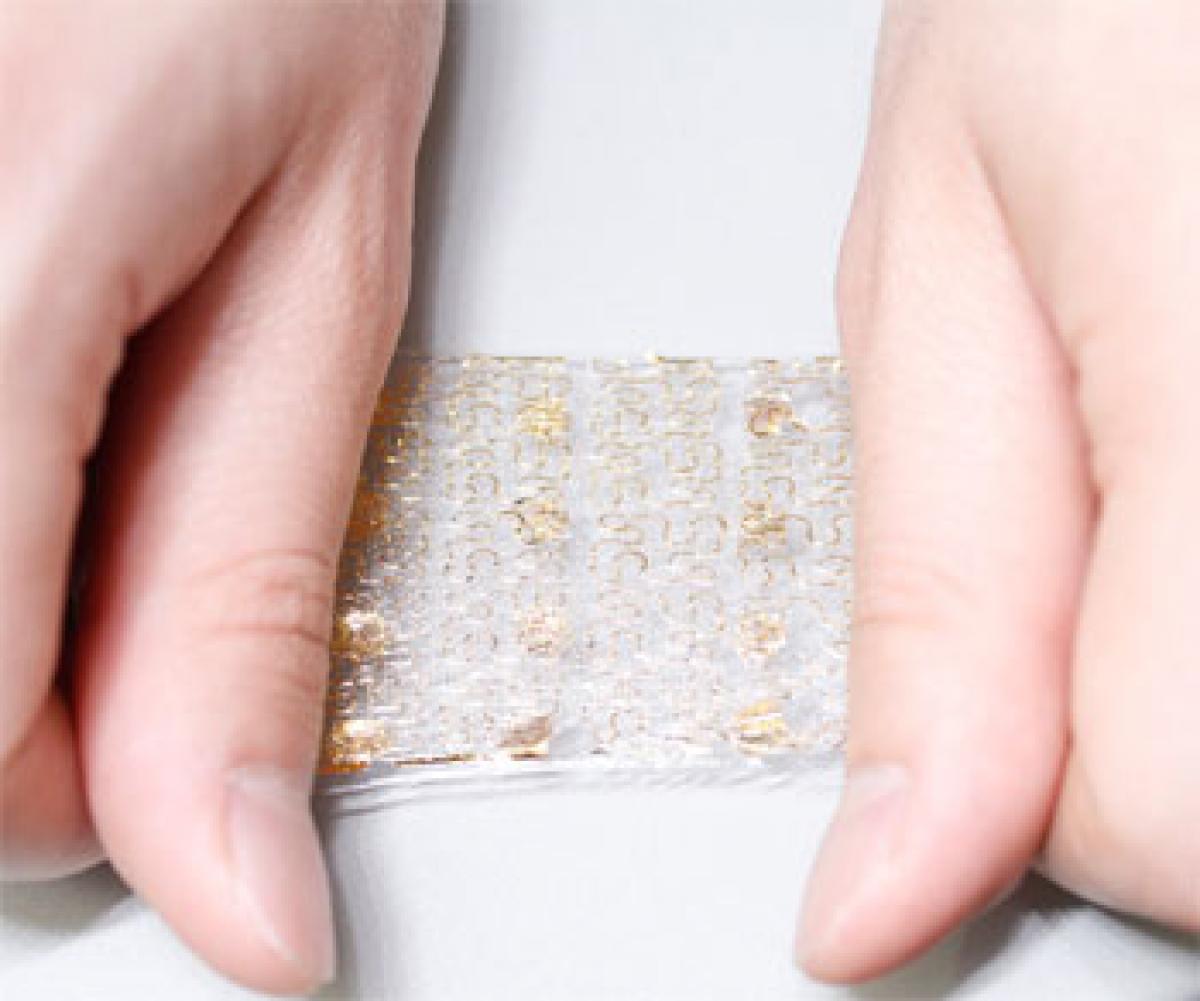Live
- Kshatriya College of Engg gets A Grade accreditation from NAAC
- India can become AI chip capital of the world: SoftBank’s Masayoshi Son
- When Will Bhool Bhulaiyaa 3 Hit OTT? Kartik Aaryan’s Ghostbusting Adventure Coming Soon
- TRS leaders attacked Cong workers, slapped false cases in KCR rule
- CPI Narayana Hails Supreme Court's Dismissal of Petition to Amend Constitution's Preamble
- Book exhibition on Constitution organised
- Trump's proposed tariffs threaten North American jobs, says Mexican employers' association
- AP minister Savita pays tribute to Mahatma Jyotibapule on Death Anniversary
- Japan: Two die in fire at lawmaker's residence
- Navy braces up to deal with Cyclone Fengal brewing in Bay of Bengal





 Washington:
Washington:



